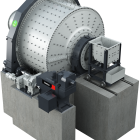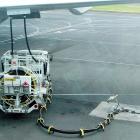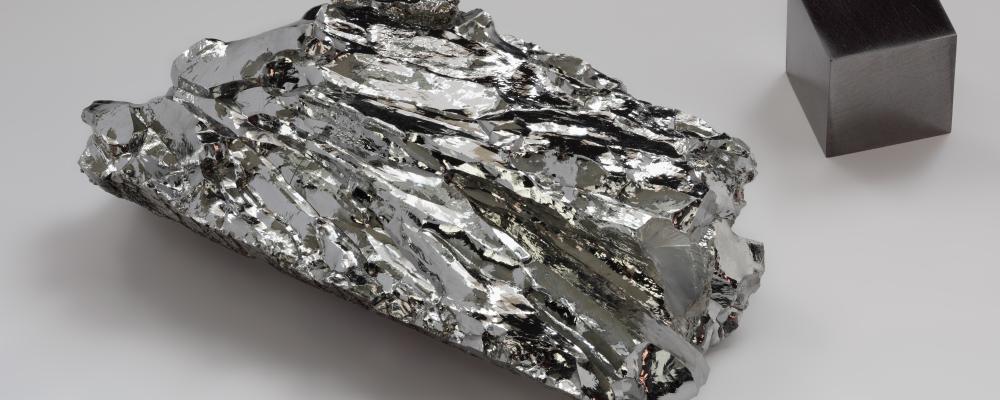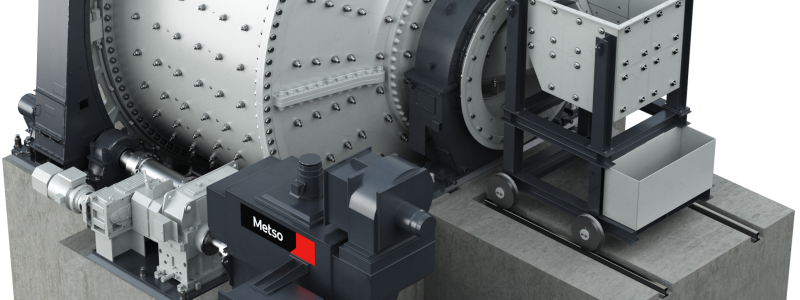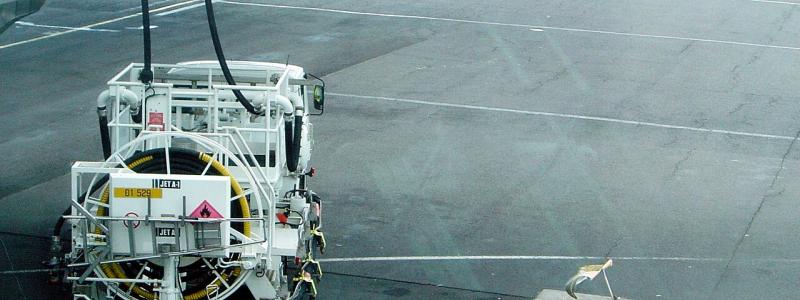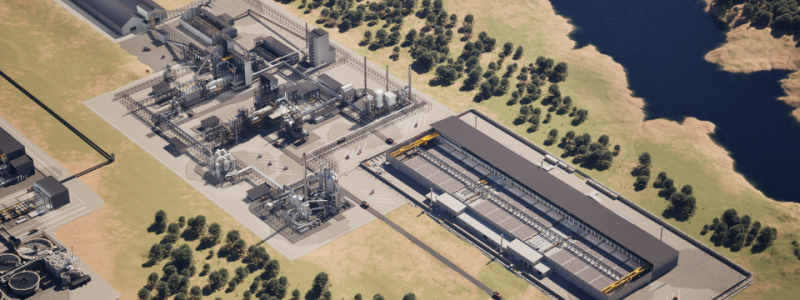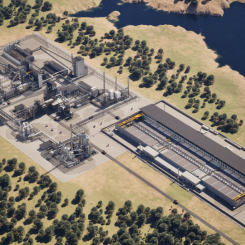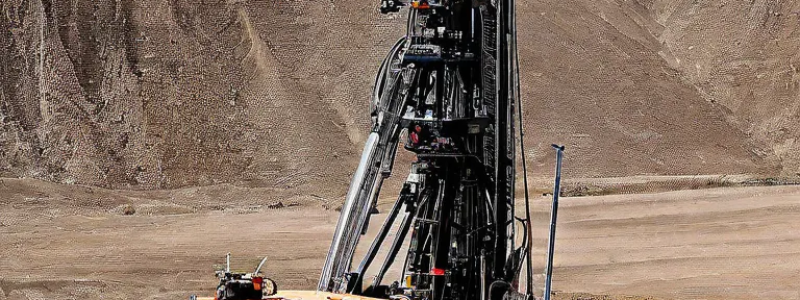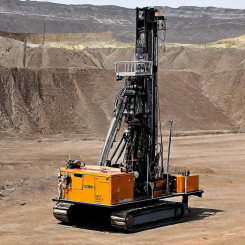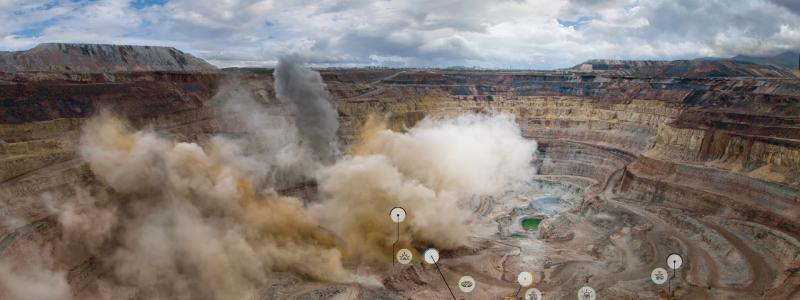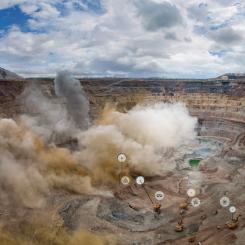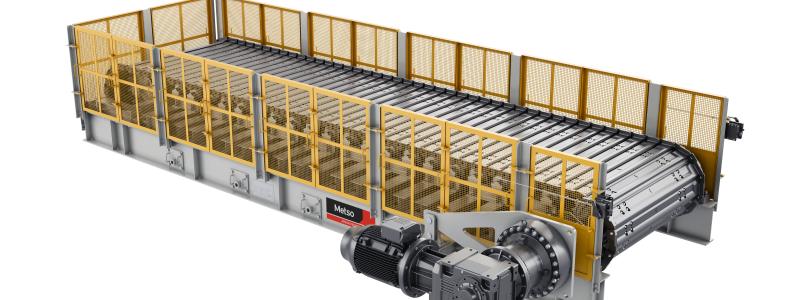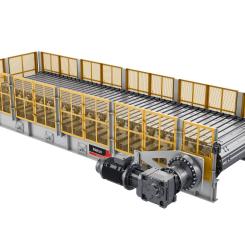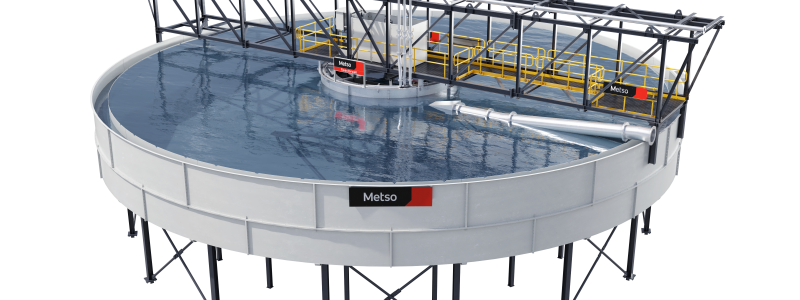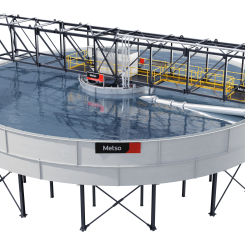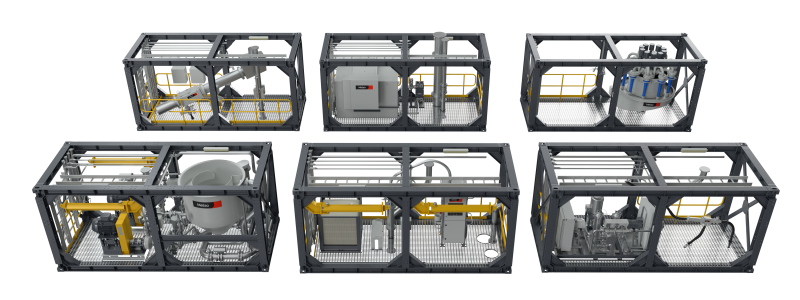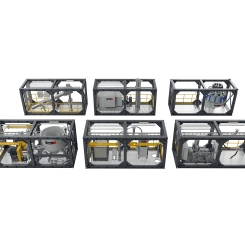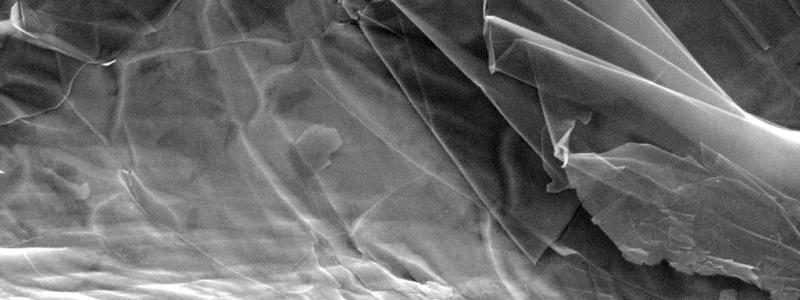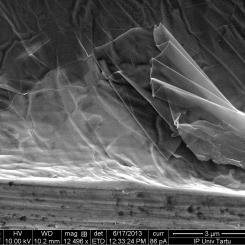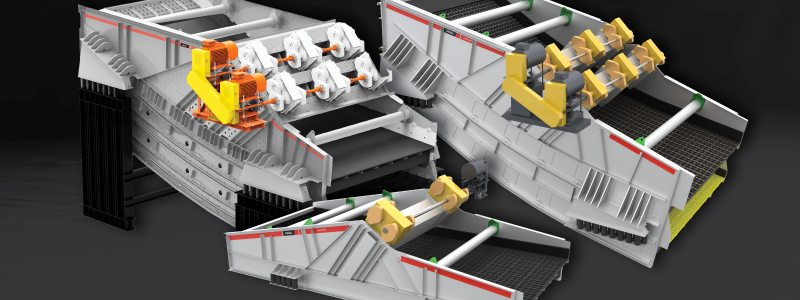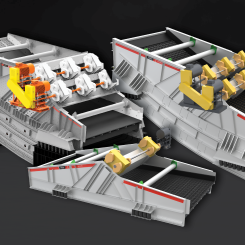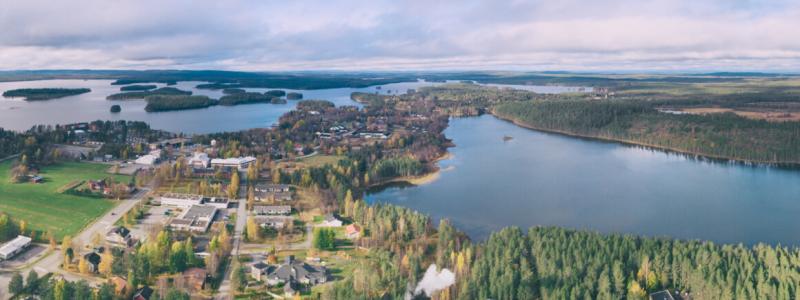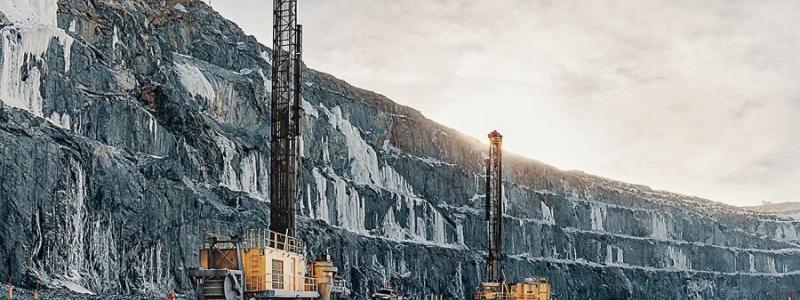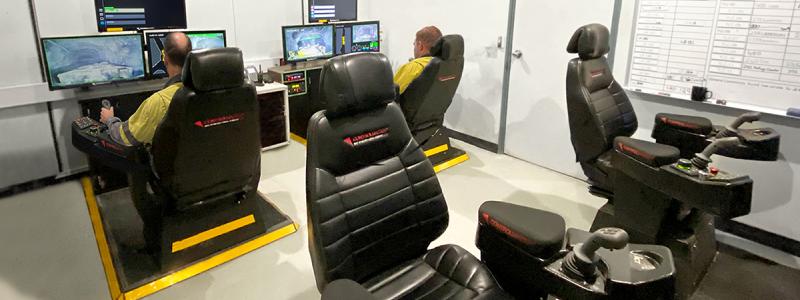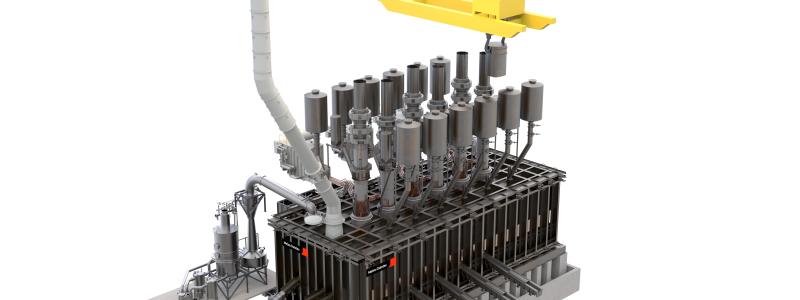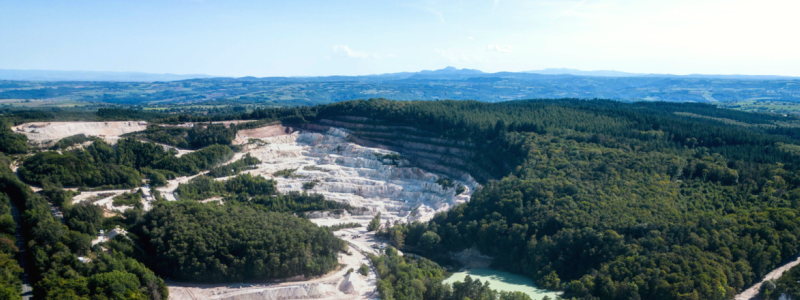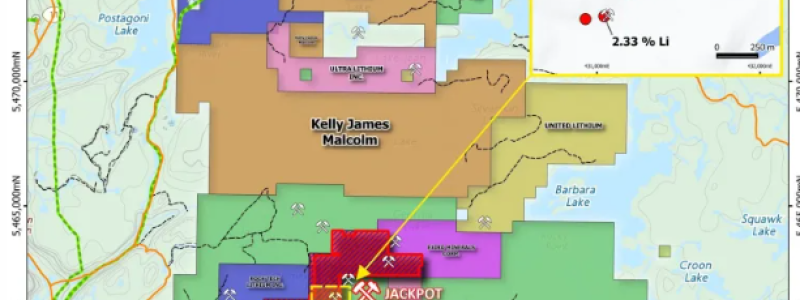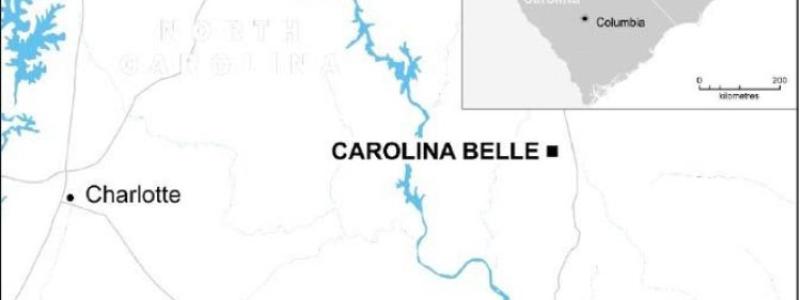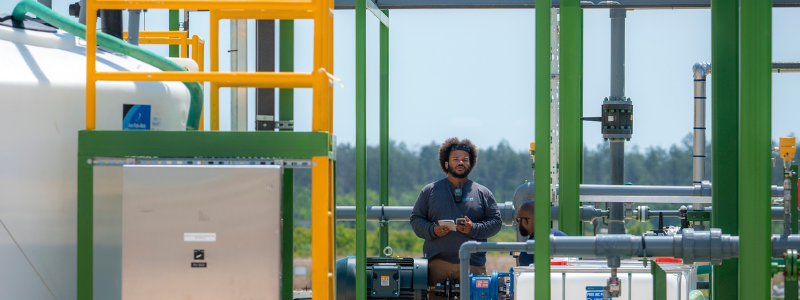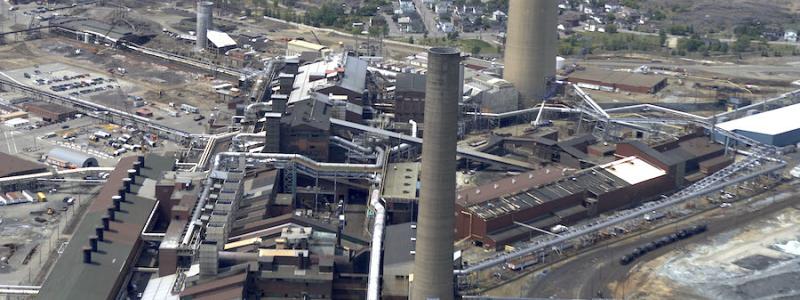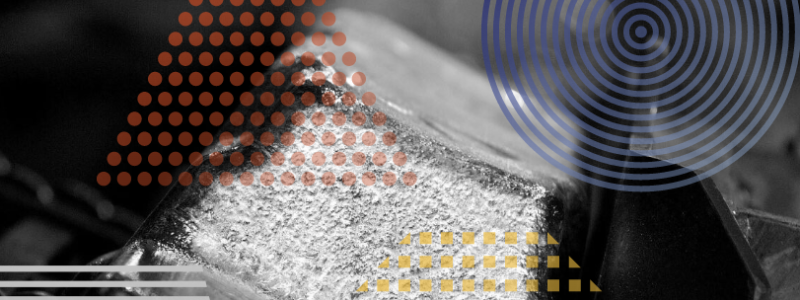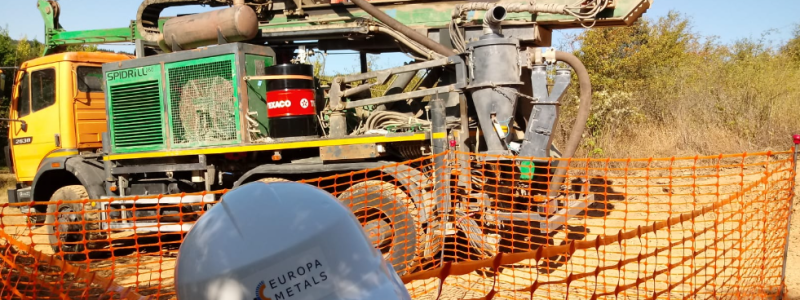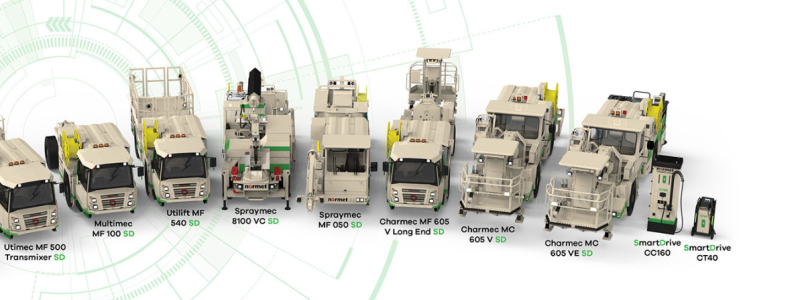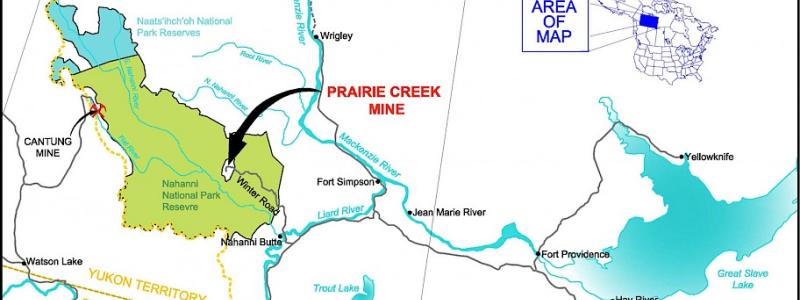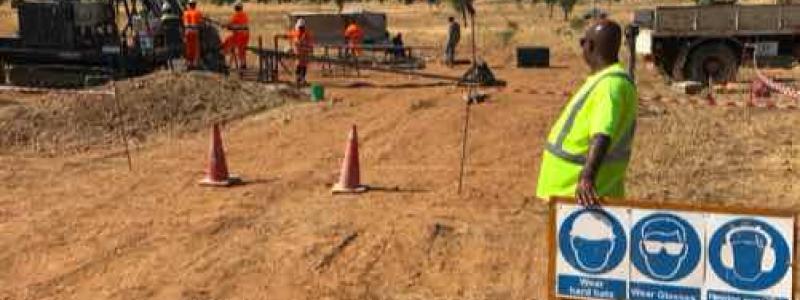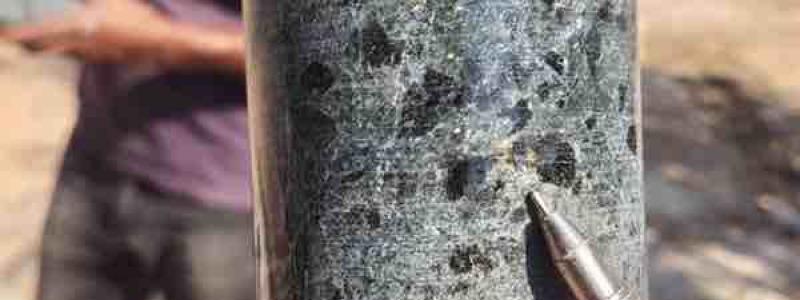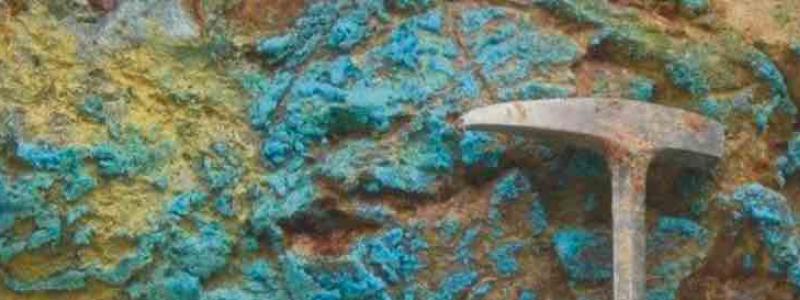Azincourt Energy Corp announces an update on its operational plans at the East Preston uranium project, located in the western Athabasca Basin, northern Saskatchewan, Canada.
Drill targeting and permitting are already underway and ahead of schedule. The proposed winter 2019-2020 drill program will comprise 2,000-2,500 meters of land-based diamond drilling with a budget of approximately $1.2M CDN. Drilling will consist of up to 15 holes in several high priority target zones.
“I am pleased that planning for the next drill program at East Preston has commenced and the Company is fully funded to complete a substantial campaign this winter. We have started prioritizing targets from the substantial, quality target inventory on the project,” said Ted O’Connor, director and Technical Advisor for East Preston.
The East Preston uranium project targets basement-hosted unconformity related uranium deposits similar to NexGen’s Arrow deposit and Cameco’s Eagle Point mine. East Preston is located near the southern edge of the western Athabasca Basin, where the relatively shallow exploration targets have no Athabasca sandstone cover, but this deposit style can have great depth extent when discovered. The project ground is located along a parallel conductive trend between the PLS-Arrow trend and Cameco’s Centennial deposit (Virgin River-Dufferin Lake trend).
The property-wide helicopter-borne Versatile Time-Domain Electromagnetic (VTEM™ Max) and Magnetic survey was completed in early 2019 and forms the primary dataset for target prioritization, combined with the knowledge gained from 2018 ground Electromagnetic and Gravity geophysical surveys and the 2019 drill program.
The A Conductor Corridor now extends across the entire central project area. This complex, linear, multi-conductor system hosts geologically prospective graphitic basement rocks with apparent structural upgrading and this system alone has approximately 15 km strike length to test. This conductor system shows multiple long linear conductors with flexural changes in orientation and offset breaks in the vicinity of interpreted fault lineaments – classic targets for basement-hosted unconformity uranium deposits. These are not just simple basement conductors; they are clearly upgraded/enhanced prospectivity targets due to the interpreted structural complexity.
The B/C conductor system also traverses the project area, with marked changes in orientation from NE to NW. The abrupt changes in orientation appear to occur at the intersection of a long NE trending structures interpreted from the airborne data.



